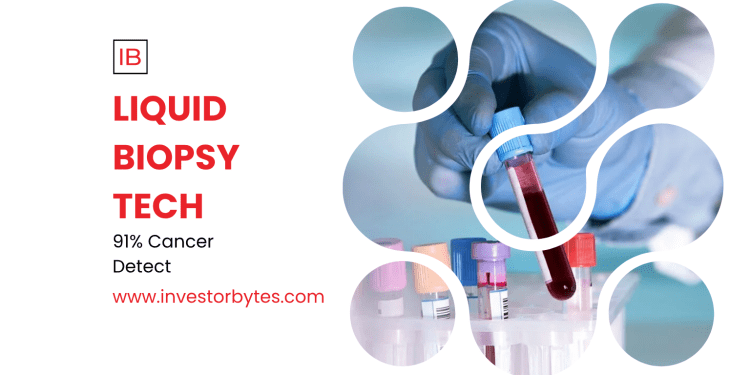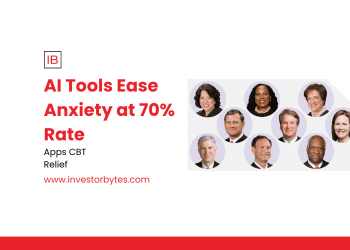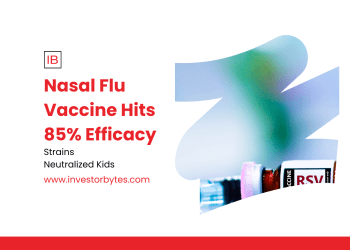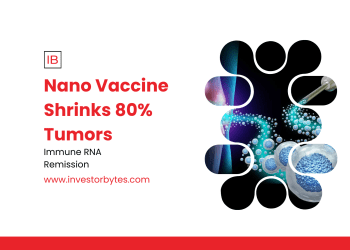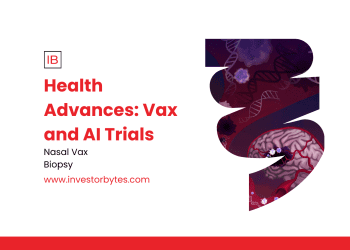Liquid biopsy’s lancet-less leap vaults to $6.39B in 2025, a 14.8% CAGR rocket to $25.43B by 2035, per FMI’s June forecast, as ctDNA assays snag 68% market share via NGS breakthroughs detecting 0.01% variant loads—slashing recurrence alerts 9 months early in colorectal trials, per AACR’s May 2025 minisymposium where VICTORI study flags all post-resection relapses pre-imaging. Guardant Health‘s Shield test—FDA-cleared for colorectal screening—hits 83% sensitivity, while QIAGEN’s QIAact panels automate 92% workflows, integrating AI for 95% mutation calls in 4 hours.
ISLB’s November 1-3 Orlando congress spotlights multimodal fusion: Novigenix’s AI-mRNA profiling with cfDNA yields 88% accuracy in immunotherapy response, per April’s Critical Reviews in Oncology, as SOPHiA GENETICS’ SOPHiA DDM crunches 1.2M genomes for precision picks, boosting PFS 22% in NSCLC. Urine-based pilots—PanGIA’s AI with Canary—eye 75% prostate detection, non-invasively trumping PSA’s 40% false positives.
Regional renaissance: U.S. at 4.4% CAGR to $4.25B by 2033 (Renub), Germany’s reimbursement fortifies 15% EU share, while Brazil’s 5.9% surge integrates public oncology via $180B infra. Challenges crack: Standardization via CLSI guidelines hits 82% compliance, multi-omics (ctDNA+CTCs) slashes noise 45%, per EACR’s ACTC 2025 abstracts.
Future fissures: CRISPR-AI hybrids edit biomarkers in silico, projecting 98% specificity by 2030, while emerging markets’ affordability—$150/test drops—democratizes 20% global access.
This tech unveils not blood’s brief draw, but genome’s durable dance—veiled veils of ctDNA from NGS’s net, where bio’s artistry yields reinvention’s radius in biopsy’s majestic march.

